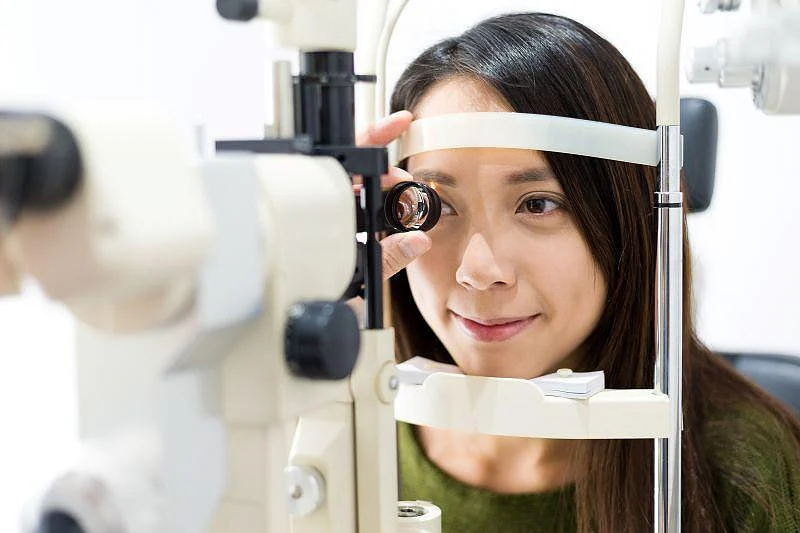Get Healthy!

- Cara Murez
- Posted January 4, 2023
New Insight Into How Dry Eyes Can Weaken Corneas
Researchers studying dry eye disease in mice have found that the condition can alter how the cornea heals itself. They have also identified potential treatments.
"We have drugs, but they only work well in about 10% to 15% of patients,"said senior researcher Dr. Rajendra Apte, a professor at Washington University School of Medicine in St. Louis. "In this study involving genes that are key to eye health, we identified potential targets for treatment that appear different in dry eyes than in healthy eyes."
Tens of millions of people around the world, including 15 million in the United States, have eye pain and blurred vision as a result of complications and injury associated with dry eye disease, Apte said in a university news release.
"By targeting these proteins, we may be able to more successfully treat or even prevent those injuries,"he said.
In dry eye disease, the eye can't provide adequate lubrication with natural tears. Various types of drops can help replace those, but when the eyes are dry, the cornea is more susceptible to injury.
The researchers found that proteins made by stem cells that regenerate the cornea may be new targets for treating and preventing such injuries.
To study this, the investigators analyzed genes expressed by the cornea in several mouse models. They looked at dry eye disease, diabetes and other conditions.
In mice with dry eye, the cornea activated a gene called SPARC. Higher levels of the SPARC protein were associated with better healing.
"We conducted single-cell RNA sequencing to identify genes important to maintaining the health of the cornea, and we believe that a few of them, particularly SPARC, may provide potential therapeutic targets for treating dry eye disease and corneal injury,"said first author Joseph Lin, an MD/PhD student in Apte's lab.
"These stem cells are important and resilient and a key reason corneal transplantation works so well,"Apte said. "If the proteins we've identified don't pan out as therapies to activate these cells in people with dry eye syndrome, we may even be able to transplant engineered limbal stem cells to prevent corneal injury in patients with dry eyes."
However, research in animals often yields different results in humans.
The findings were published online Jan. 2 in the Proceedings of the National Academy of Sciences.
More information
The U.S. National Eye Institute has more on dry eye.
SOURCE: Washington University School of Medicine, news release, Jan. 2, 2023




